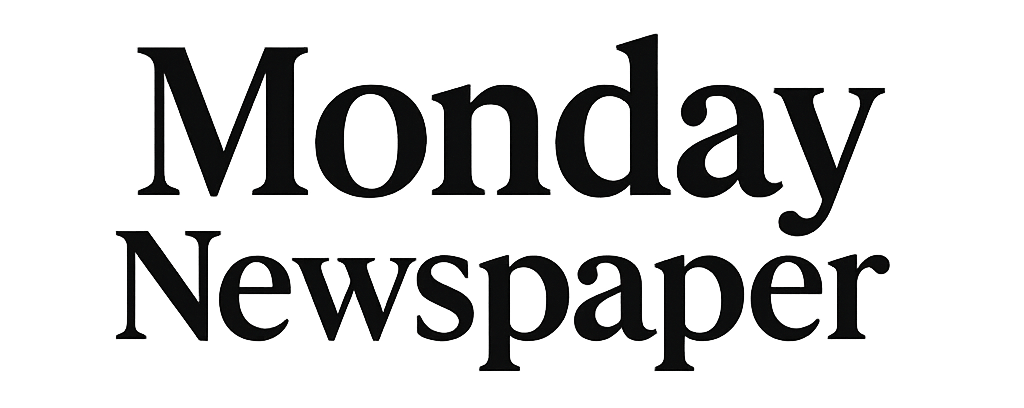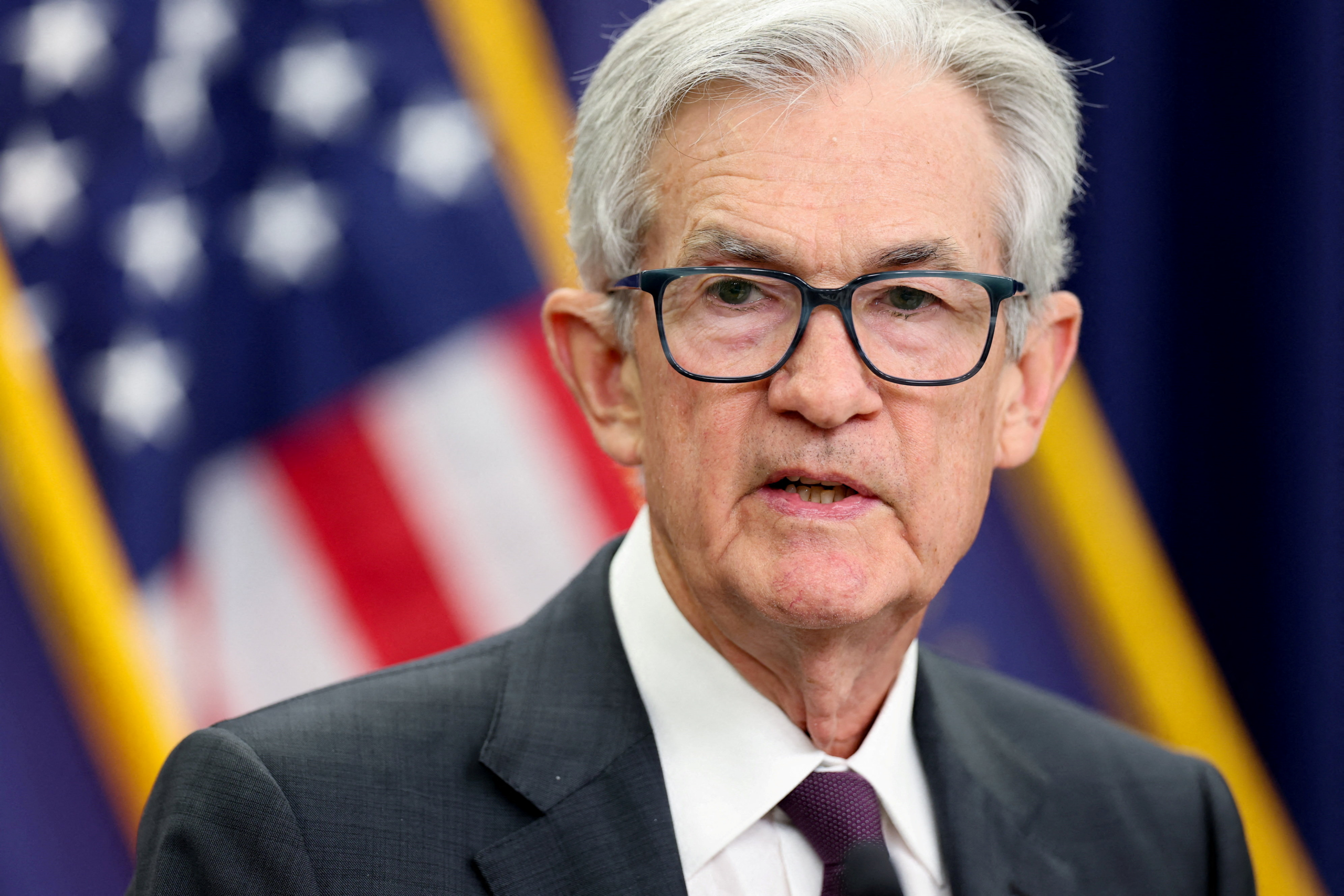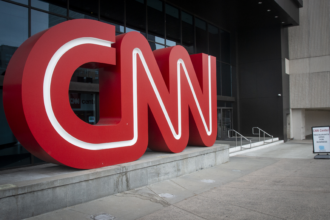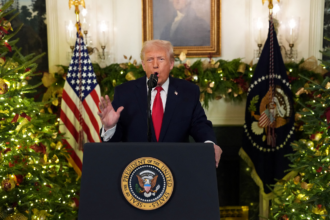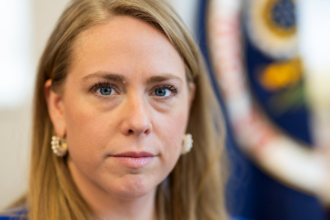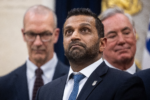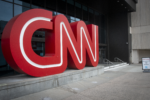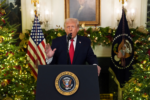Federal Reserve Chair Jerome Powell hinted at a possible interest rate cut in September – sending the Dow Jones Industrial Average surging over 900 points.
While the Fed has for months warned that tariffs could reheat inflation, Powell added a weakening labor market to its list of concerns — adding that these risks could warrant a rate cut to support economic growth.
The labor market has remained stable, but “it is a curious kind of balance that results from a marked slowing in both the supply of and demand for workers,” Powell said, referencing intense deportation efforts under the Trump administration and a widespread pause on hiring in many sectors.
The Dow soared 915 points, or 2%, by approximately 12:45 p.m. ET. The blue-chip index closed up 846.24 points, or 1.9%, at a record close of 45,631.74.
The Nasdaq jumped nearly 400 points, or 1.9%, while the S&P 500 gained almost 100 points, or 1.5%.
Traders priced in about a 90% chance of the Fed issuing a quarter-point cut in September soon after Powell’s speech started – a 20% jump from earlier in the day, according to CME FedWatch.
It follows months of pressure from President Trump, who has pushed for immediate interest rate cuts as he has insisted that tariffs will not hike prices.
Chris Zaccarelli, chief investment officer at Northlight Asset Management, said that Powell’s hint at rate cuts was unexpected.
“As usual, he didn’t say it directly, and he gave himself an out in case the data goes the wrong way… but the bar is extremely high now for the Fed to leave rates unchanged in less than a month,” Zaccarelli said in a note Friday.
The president has been doggedly pushing the Fed to slash interest rates by as much as 3 percentage points, blasting Powell as “stupid” and “hardheaded.”
Last month, Trump took aim at the Fed’s $2.5 billion headquarter renovations, questioning the project’s costs.
While Trump has backed off initial calls to replace Powell, the Department of Justice this week reportedly opened an investigation into Fed Governor Lisa Cook after Trump urged the Biden appointee to resign over allegations of mortgage fraud.
Powell signaled that the impact of tariffs might be “short lived – a one-time shift in the price level.”
However, he said it “will continue to take time for tariff increases to work their way through supply chains and distribution networks.”
“Moreover, tariff rates continue to evolve, potentially prolonging the adjustment process.”
Powell also discussed changes to a goal the Fed adopted five years ago during the pandemic and Black Lives Matter protests.
The new framework allowed the Fed to let inflation rise if unemployment was trending higher, especially among underrepresented groups.
Powell said that idea “proved irrelevant,” as the last five years served as a “painful reminder of the hardship that high inflation imposes.”
He reaffirmed the Fed’s commitment to reaching a 2% inflation target.
Central bankers have been split on interest-rate policy, with Governors Christopher Waller and Michelle Bowman voting in July in favor of immediately lowering rates.
It marked the first meeting in three decades where more than one governor on the 12-member board has dissented on an interest-rate vote.
Meanwhile, tensions over economic data are high after Trump abruptly fired the head of the Bureau of Labor Statistics following a dismal July jobs report that revealed the labor market has actually been slowing for months.
But minutes from the Fed committee’s July meeting revealed most members are more concerned about the risk of inflation.
